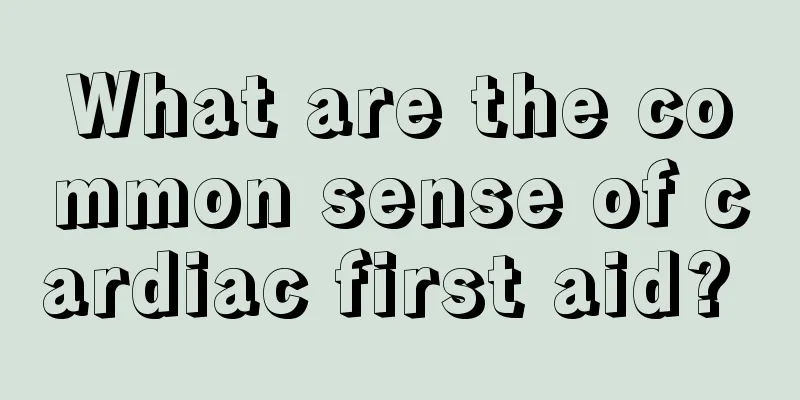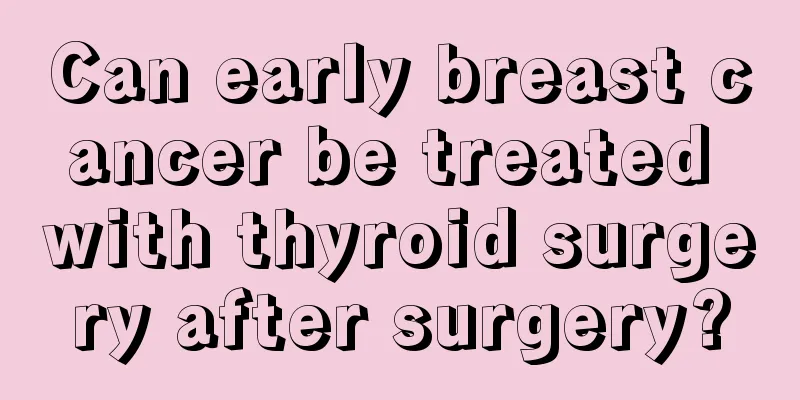What are the common sense of cardiac first aid?

|
The heart is the most important organ in the human body, bar none. If the heart suffers any damage, it can be fatal. Therefore, it is important to protect and maintain your heart in daily life. In addition, if there are some sudden heart conditions, we also need to understand some common sense and knowledge of first aid to avoid the occurrence of crises and provide better first aid. So what are the attempts at cardiac resuscitation? 1. Angina This is an emergency that is common in patients with coronary heart disease, and often occurs when they are tired, emotionally excited, full, in cold weather, or smoking too much. When the disease occurs, there is compressive or suffocating pain in the precordial area, which lasts for 5 to 10 minutes. Once an attack occurs, you should immediately stop any activity, rest quietly on the spot, and dissolve 1 tablet of nitroglycerin or 1 to 2 tablets of isoflurane under the tongue. It will take effect within 2 to 5 minutes. 2. Acute myocardial infarction The location of the pain is the same as that of angina pectoris, but it lasts longer and is more severe, with nausea, vomiting, sweating, and a sense of impending death. The symptoms and consequences are much more serious than those of angina pectoris. At this time, the patient should be allowed to rest in bed, loosen the collar, and keep the room quiet and well ventilated. If conditions permit, give oxygen immediately. Take 1 tablet of nitroglycerin or 1 to 2 tablets of isopropylamine sublingually, and call the emergency center immediately. Do not take the bus or help the patient walk to the hospital to prevent the scope of myocardial infarction from expanding. 3. Cardiac arrest Regardless of the cause of respiratory or cardiac arrest, patients are those whose lives are in the most critical state and who are in the most need of emergency assistance. The brain requires a large amount of oxygen. After breathing and heartbeat stop, the brain will quickly become deprived of oxygen, and half of the brain cells will be damaged within 4 minutes. If the patient can receive effective first aid measures within 4 minutes of the sudden onset of the disease, the recovery rate is 50%. These 4 minutes are called the "golden 4 minutes" for saving lives. If cardiopulmonary resuscitation is performed more than 5 minutes later, only a quarter of the people can be saved. For every minute of delay, the success rate of cardiopulmonary resuscitation will drop by 7% to 10%. If it exceeds 10 minutes, there is little hope of resuscitation. After mastering the common sense and methods of cardiac first aid introduced above, we can deal with emergencies with more confidence, because the heart is easily affected by the environment and emotions, and it is very likely that momentary emotional excitement or anger may induce a heart attack, so everyone should understand these first aid attempts. |
<<: How to provide first aid for shock?
>>: How to clean invisible underwear?
Recommend
How much does bladder cancer surgery cost?
Bladder cancer not only has a great impact on the...
How to treat liver disease facial appearance
Liver disease facial features are more common in ...
Men can prevent prostate cancer in their daily life
In our lives, prostate cancer is a relatively com...
Wisdom tooth growth process
Most adults will have wisdom teeth grow, but they...
What is the function of lens to block blue light
I believe everyone is familiar with glasses. They...
Preparation and efficacy of Eucommia ulmoides flower tea
People who often study traditional Chinese medici...
There are several causes of ovarian cancer
The causes of ovarian cancer mainly include genet...
Can I have a child during prostate cancer?
Prostate cancer is a common male disease that cau...
There is a pimple next to my eye
Sometimes people find a pimple on the corner of t...
Cook the wonton for a few minutes
Since the skin of wontons is very thin, you must ...
Why do pimples appear on the buttocks from sitting for a long time?
People attach great importance to their buttocks,...
Knowledge on prevention of infectious diseases in spring
Spring has arrived, and with it come various infe...
Muscular dystrophy gene
Muscular dystrophy is generally caused by genetic...
Can loose teeth be tightened?
Children love to play, so bumps and bruises are i...
Where should I scrape for rhinitis
In winter, the temperature is very low, so winter...









